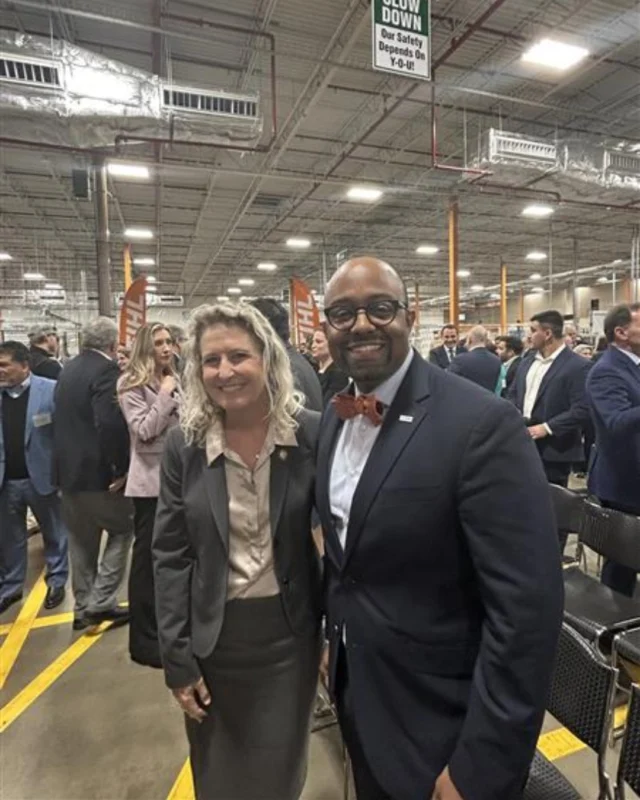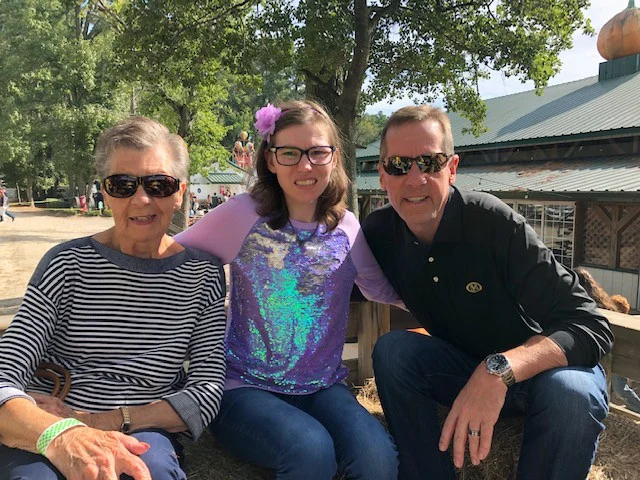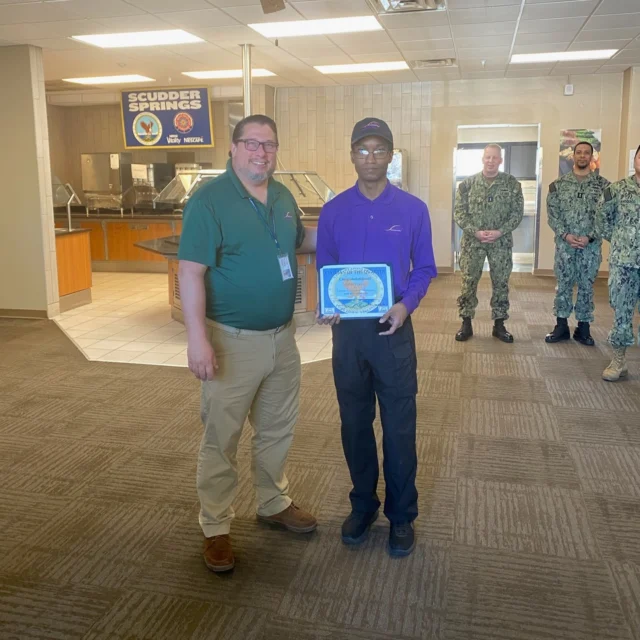
Expand and Strengthen Life Opportunities
Goal 1.
Optimize Residential Services
Strategy 1. Strengthen the quality of residential care to best serve the residents of the program.
Tactic 1: Ongoing recruitment to fill Waiver vacancies, including weekly communication with referral services.
Tactic 2: Track staffing to achieve supervision levels that ensure the safety of individuals for every shift in each home.
Strategy 2. Operate homes at maximum capacity by aligning staffing and supporting the needs of residents.
Tactic 1: The Board Quality in Community Living Committee will engage in fact-finding and analysis to assess what constitutes sustainable, quality services and by June 30, 2024 recommend to the Board an approach to strengthen the quality of residential care currently provided to the residents of VersAbility’s program.
Tactic 2: Convert all Intermediate Care Facilities (ICF) homes to four beds with transition beginning in early 2024.
Tactic 3: Evaluate the potential of closing one ICF home if additional vacancies occur.
Tactic 1: Ongoing recruitment to fill Waiver vacancies, including weekly communication with referral services.
Tactic 2: Track staffing to achieve supervision levels that ensure the safety of individuals for every shift in each home.
Strategy 3. Reevaluate in-home and respite services.
Tactic 1: Establish an implementation plan in FY25 to include timeframes, recruiting strategies, and budgetary requirements.

Goal 2.
Enhance Support Services
Strategy 1. Expand Community Engagement (CE) activities. (Envisions, Fishing Point)
Tactic 1: Identify and enroll participants who meet program criteria and desire this service.
Tactic 2: Monitor financial performance for sustainability of service model.
Strategy 2. Increase the number and variety of monthly activities offered in Day Support.
Tactic 1: Expand CE by increasing the number of ICF community partners.
Tactic 2: Expand CE by increasing the number of Waiver community partners.
Tactic 3: Research and develop activities that are age appropriate for Project Independence.
Tactic 4: Develop and maintain activity calendars that incorporate a variety of activities based on the interests of the participants in Project Independence.
Strategy 3. Expand CE activities by 50 percent with expansion to a 7-day service provision model for Project Independence.
Tactic 1: Increase staffing to expand the capacity to serve more individuals with disabilities.
Tactic 2: Assist program participants in finding interest-compatible community events and activities to increase enrichment and development opportunities.
Tactic 3: Offset community event participation costs by seeking alternative funding sources and reduced pricing rates from community partners.

Goal 3.
Transition Puller Center to Day Support and Community Engagement
Strategy 1. Lease and build out appropriate space for new service model.
Strategy 2. Train and align staff to deliver both Day Support and CE services, with eventual CE expansion of to a 7-Day service provision model.
Tactic 1: : Increase staffing and training to serve more individuals in the new model.
Tactic 2: Increase access to community activities of interest to participants through additional funding sources and expanded hours.
Strategy 3. Recruit new program participants.
Tactic 1: Establish a referral network with local school systems, Community Services Boards (CSBs), and others serving the Middle Peninsula and Northern Neck.

Goal 4.
EPIC Remains the Provider of Choice for Hampton and Newport News
Strategy 1. Maintain best practices in service provision.
Tactic 1: Service Coordinators will successfully complete Early Intervention certification every 3 years.
Tactic 2: Service Coordinators will complete 10 hours of mandated online training each year and VersAbility will fund an additional 10 to 12 hours of training to ensure superior service.
Strategy 2. Optimize caseloads for Service Coordinators.
Tactic 1: Employ ten Service Coordinators (seven to provide ongoing services and three to onboard families) by June 2025.
Tactic 2: Cap caseloads at 50 for ongoing service coordination once fully staffed.






